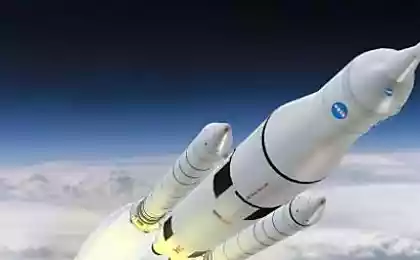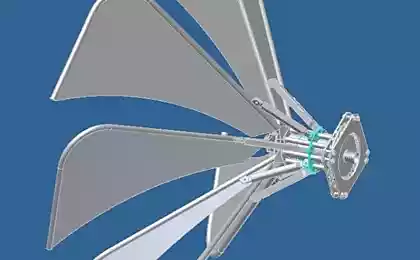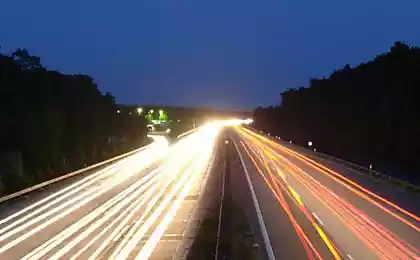359
Chinese submarines will be able to travel at supersonic speed
A group of Chinese scientists have developed a technology that allows a submarine or torpedo to travel underwater at ultra-high speeds.
Researchers from the Harbin Institute for Integrated Technological Flows and the Heat Transmission Research Laboratory have indeed solved a very important task that the Chinese military has put before them. They managed to create a special air bubble around the underwater object, thanks to which the water resistance when moving the object is reduced many times.
Water creates much greater resistance to objects than air, which is why it was decided to use an air bubble to increase speed. Even during the Cold War, Soviet scientists developed a high-speed underwater torpedo Shkval, which thanks to the cavitation cavity (air bubble) developed an incredible speed, up to 500 kilometers per hour. Chinese scientists decided to improve this technology for its use not only in torpedoes, but also in submarines.
In theory, a submarine equipped with this technology could sail from Shanghai to San Francisco in just 100 minutes, which is incredibly fast. And that would be great if it weren't for the two main problems with this technology.
The first problem is that a submarine must be launched at a fairly high speed of about 100 km/h in order to create and hold an air bubble around it. The second problem is even more complex: to guide the submarine at such speed, you need to develop fundamentally new steering mechanisms, because the traditional vertical and horizontal rudders of the submarine inside the air bubble will simply be useless.
This is why the technology has so far been used exclusively on torpedoes and nothing else. The torpedoes did not need to change their trajectory much, and the high starting speed allowed them to easily hold the cavitation cavity around their hull.
Professor Li Fengsheng, head of the military project, said his team was able to effectively solve both of these problems. After submersion, the Chinese submarine will be coated with a special gel that forms a protective membrane around the hull, due to which the speed of the submarine will increase significantly due to the reduction of friction against the water. And as soon as the submarine accelerates to 75 km / h, it will be able to enter a state of supercavitation. The liquid membrane will help control the movement of the submarine, since different amounts of gel can be fed to certain parts of the submarine, thereby adjusting the level of resistance and turning it in the right direction.
“Our technique is different from all other approaches like jet propulsion or propulsion vectors,” Professor Li told the South China Morning Post, “By combining liquid membrane technology with supercavitation, we were able to solve the problem of launching the submarine and improve its handling.”
However, many issues remain unresolved. It is necessary to develop a powerful rocket engine capable of accelerating submarines to supersonic speeds, which will allow them to travel really long distances. By the way, the range of Russian torpedoes "Squall" ranged from 11 to 15 kilometers.
Professor Lee argues that the technology of supercavitation is not limited solely to military applications and that in the future there may be transport ships that will carry under water cargo or passengers at enormous speeds. Time will tell where the Chinese research will lead. Only the military has access to technology.
Source: hi-news.ru
Source: /users/1617























